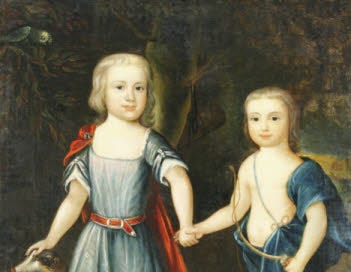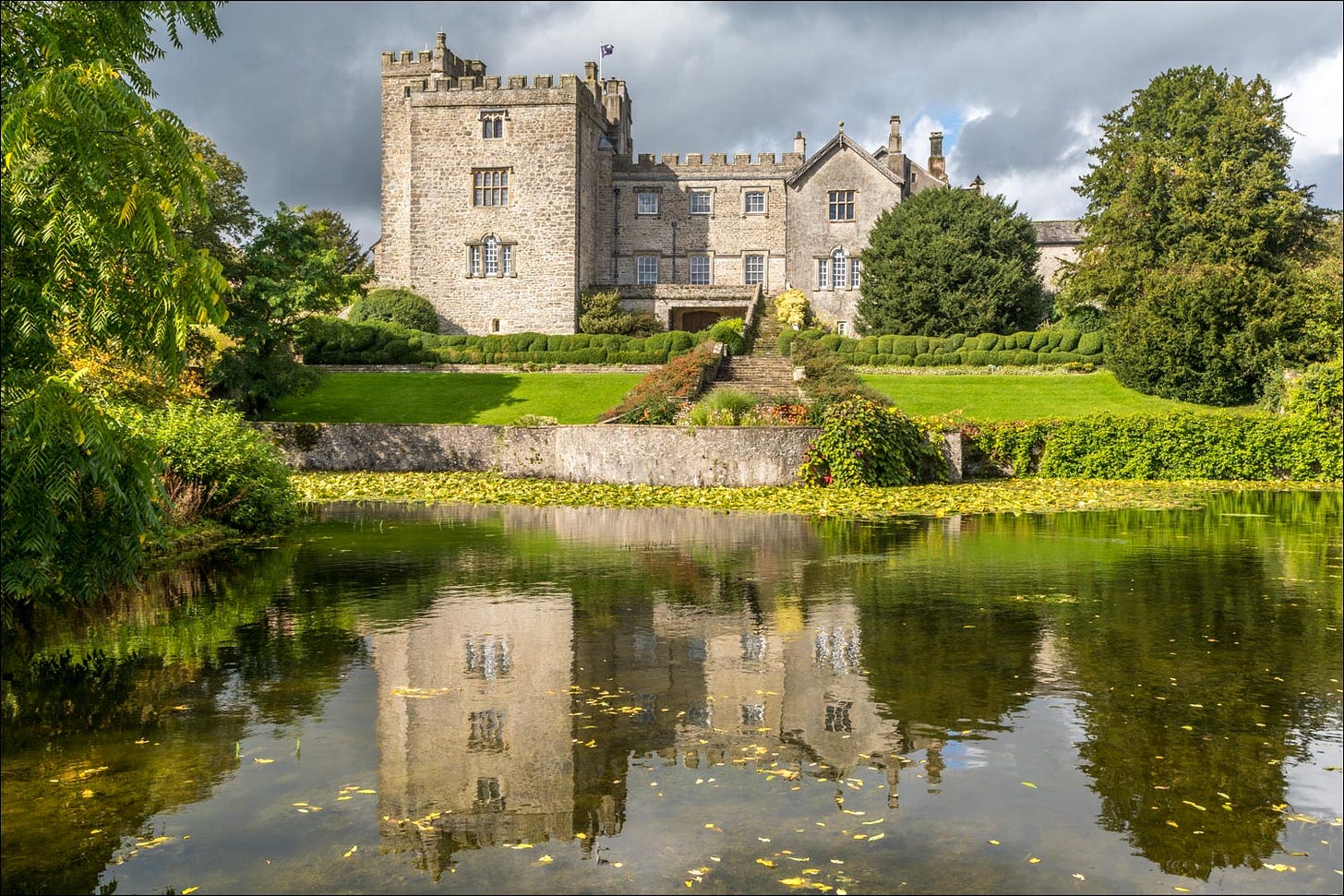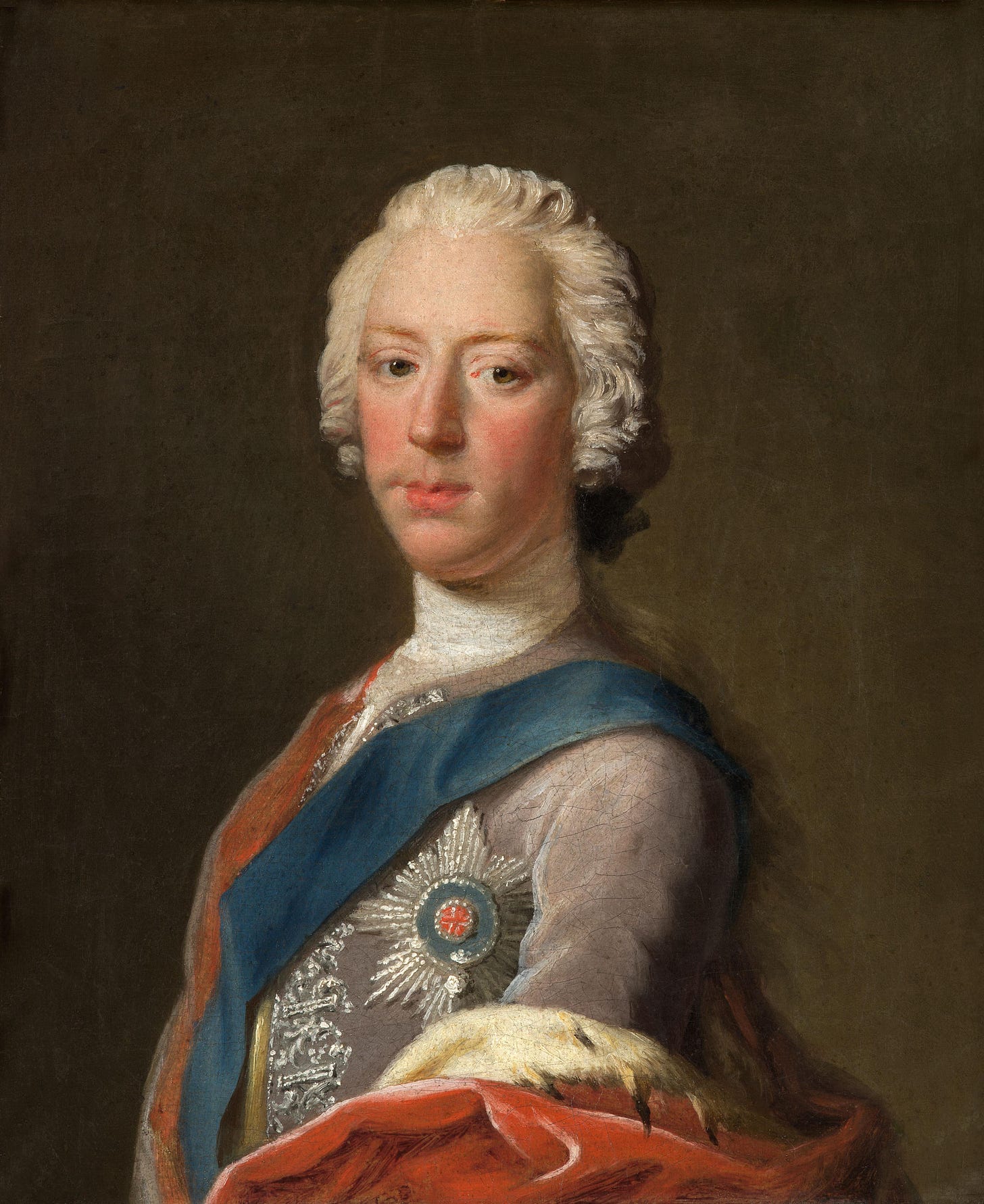Why did the Stricklands of Sizergh display this bogus painting to "prove" they backed the Stuarts to be kings of England?
The Kendal branch of the family abandoned Bonnie Prince Charlie before the 1745 rising. They feared conspiracy hatched by their relative Francis would lead to their property being confiscated
For many years the owners of the magnificent Sizergh Castle just south of Kendal proudly displayed what they claimed was the only surviving portrait of Francis Strickland.
He was a celebrated ancestor, one of the illustrious “Seven Men of Moidart” who accompanied Bonnie Prince Charlie when he launched the Jacobite rising of 1745.
Visitors to the stately home, which has been in the hands of the Catholic Strickland family for more that 750 years, were told Francis represented their link to the stirring events.
Francis was part of the rebellion that saw the Stuart dynasty come within an ace of wrenching back the throne of England from the Protestant usurper, George II.
The picture had huge symbolic power because, the family said, it showed Francis as a child being led by the hand of his godfather, Bonnie Prince Charlie’s father, James.
The picture demonstrated the leading role the Stricklands played in the romantic struggle to reverse James II’s dethronement in what became known as the Glorious Revolution.
Indeed, many members of the Strickland family had every reason to take credit for the sacrifices they made for the Stuart cause.
Francis’s father was Robert Strickland, vice chamberlain to James II, and his mother was Dame Bridget Strickland, a lady of the bedchamber to James’s wife, the Queen, Mary of Modena.
The couple came from the Catterick branch of the Strickland family. Francis was their ninth child. He could not have been more snugly embedded in the exiled Stuart household.
Robert and Bridget had followed James II into European exile with forty other recusant families.
But these exiled Jacobites were not a very homogenous group. They were riven by a variety of beliefs, motivations, allegiances, degrees of pragmatism and, frankly, fear of having their English property confiscated by the Protestant regime.
Younger offspring such as Francis and his second cousin, the politician and soldier, Sir Thomas Strickland, who owned Sizergh, were willing to take big risks for the cause.
When Thomas went into exile in 1689 he took precautions to prevent Sizergh being confiscated. He made the estate over to his (Protestant) servants Thomas Shepherd and Robert Carne.
The exiled royals paid for Francis’s education instruction at Douai College near Reims in the champagne country north of Paris, an elite institution that trained young Catholic aristocrats in the etiquette of court life.
When the time came, he took part in the Jacobite rising of 1715 launched by his godfather the “Old Pretender” James Stuart.
Francis acted in an undercover role. The Jacobite leader, the Duke of Mar, wrote later that Francis had handled the “anchovies and apples” during the uprising - code for arms and ammunition - and he also ensured James had his “highland clothes”.
Unfortunately, the 1715 rising was a damp squib. As soon as James landed at Peterhead in Scotland, he realised the insurrection would fail and so he retreated back to France complaining of a fever.
Back in Europe, Strickland grew very close to Bonnie Prince Charlie, the two sharing a deep fondness for drink.
The alcohol exacerbated Francis’ heart condition and worsened his obsession with conspiratorial intrigues. Both of these vices contributed to the eventual failure of the 1745 rising.
It was the atmosphere of uncertainty and distrust which Francis helped create that disrupted the unity of the exiled recusants.
So, when Thomas Strickland died in 1694, his mother Margaret Alford Lady Strickland, who had been in favour of compromising with the English authorities all along, abandoned the royal exiles in Paris and headed straight back to Sizergh, followed by her son Walter in 1699.
This brings us back to the picture. The Sizergh branch of the Stricklands, as we have seen, abandoned the Stuart cause long before the 1745. So how come the portrait of Francis and James was on such prominent display at the house, now owned by the National Trust?
Ultimately, the trust should not delay investigating the historical truth. Experts concluded that the picture was probably not of Francis after all.
Chemical analysis showed the picture was painted in the early 1700s by an English provincial artist and it actually shows the two Strickland cousins, Thomas Peter and Jarrard (Gerard) Strickland, as young boys.
Despite this, the Strickland family continued to display the portrait in 2019 with a label containing the erroneous information. A tiny correction was slipped into the small print of the official guide which few visitors noticed.
Why? After all, the Sizergh Stricklands strained every sinew to distance themselves from the Jacobite rebellion at the time. The answer seems to be that the romance of the family connection to a Man of Moidart, the tale of the exiled prince, his heroic struggle to regain his crown and the dying days of the Highland clans proved irresistible.
So, they chose to flaunt their links with the myth rather than the reality of the Jacobite rebellion.
-
This is an extract from a new book called Secrets of the Lost Kingdom in which you can read the full story of Francis Strickland and the Jacobite rising and more about the history of Cumbria.
You can pick up a copy from the New Bookshop on Main Street, Cockermouth. They are also available at the Moon and Sixpence, Lakeside, Keswick. You can get them at Bookends in Keswick and Carlisle, or Sam Read in Grasmere.
Or you can buy it instantly here:
https://www.fletcherchristianbooks.com/product/secrets-of-the-lost-kingdom







